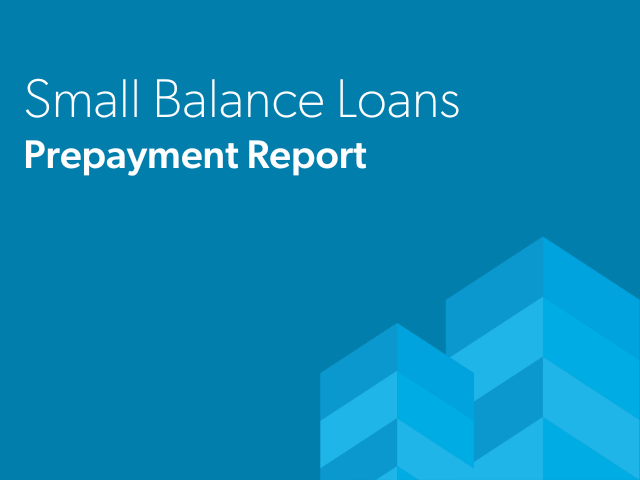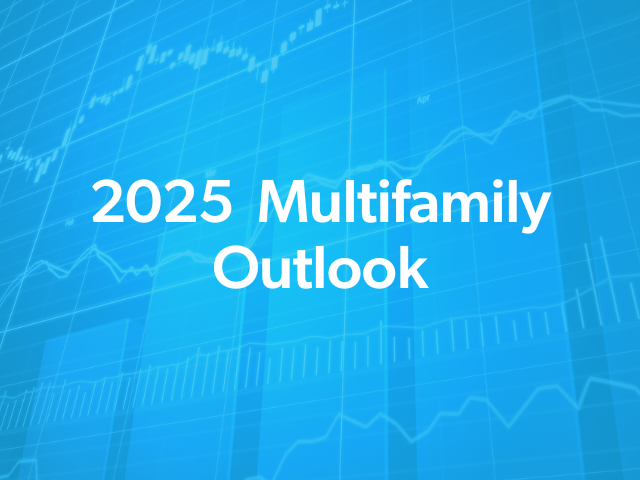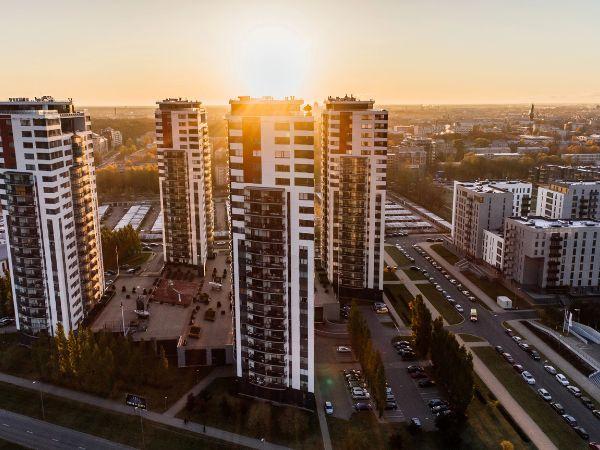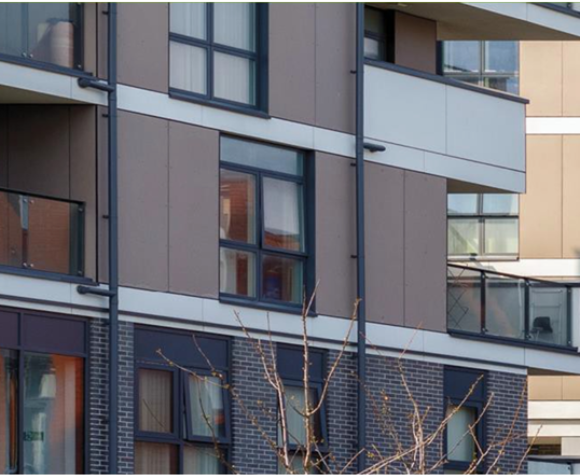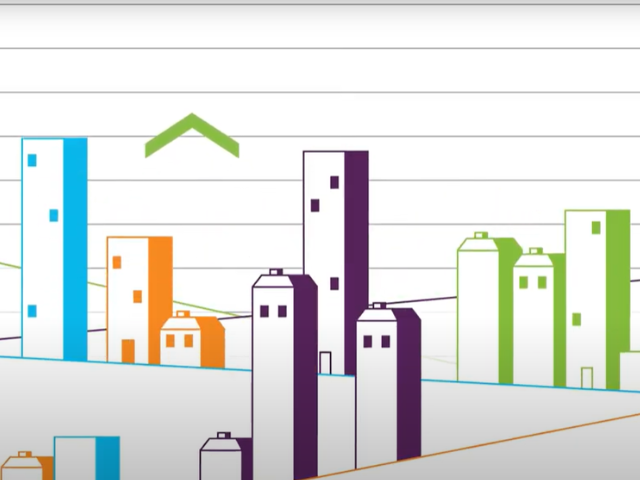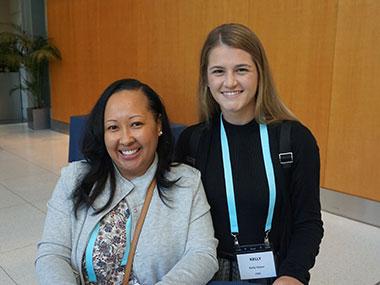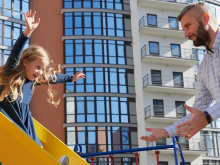Multifamily 2021 Outlook
The impact of the COVID-19 pandemic on the multifamily market has been severe and has had a lasting impact on both landlords and renters. Unemployment led to unpaid rents, a sharp decline in investment, and economic interruptions that halted construction of new units. However, the multifamily market entered the pandemic on solid footing, with 10 years of steady growth. Combined with forbearance relief and stimulus legislation, as well as historically low interest rates, some 2020 outcomes did not veer too far from previous years. These outcomes may prove helpful to the market’s recovery in 2021, though our projections are not inclusive of any future federal economic relief that may occur.
Vacancy Rates
The vacancy rate was relatively steady throughout 2020. According to RealPage, vacancy at the end of the first quarter was 4.4%; in the second quarter it rose to 4.7%, then declined 0.4% during the third quarter to 4.3%, just 10 bps higher than what it was at the end of 2019. We project the vacancy rate for 2021 to increase, for rental rates to decline -0.2% and gross income to fall a relatively modest -0.5%. However, many factors could potentially alter these forecasts, such as additional lockdowns, vaccinations, new stimulus funds and extended eviction moratoriums.
Rent Growth
Year-over-year change in rent growth remained positive in the vast majority of markets, indicating that conditions are improving. Despite all the headwinds, the rent growth projections for 2021 look significantly better than 2020. Rent growth started out the year positive in 1Q20, then fell -0.8% during Q2 amid pandemic lockdowns. As economic conditions modestly recovered in Q3, the rent decline slowed, with rents at just -0.1% below Q2. Looking ahead in 2021, we expect nearly half of all metros will have positive rent growth. We expect that large markets like New York City and San Francisco will continue to see negative growth throughout this year. Metropolitan areas that were less affected by the pandemic, such as Phoenix and Tampa, are expected to continue to perform better than larger, denser metros.
Originations
The trends described above have been similar for originations, due to the same factors that affected vacancies and rent growth. The first quarter of 2020 started with strong origination volume then saw a sharp decline as the effects of the virus took hold in Q2. We saw a pronounced increase during the second half of the year, at least partially fueled by record low interest rates, and rent collections holding up better than expected. Origination volume declined about 20% in 2020, but is expected to rebound in 2021 back to volumes just below the 2019 level.
Looking Ahead
Despite the disruptions of 2020, we expect the multifamily market to see improving conditions in 2021. The year will not be easy, with unemployment remaining high and rents in the largest markets expected to remain depressed during the year. The vacancy rate is also expected to increase nationally, but significant rent declines are expected to flatten, and more markets are expected to see rent increases than not. With the rolling out of vaccines and additional stimulus legislation, the job market should rebound throughout the year, leading to greater housing demand. All in all, the long-term fundamentals of multifamily housing are still on solid ground and demographics favoring rental housing point to sustained long-term demand.


